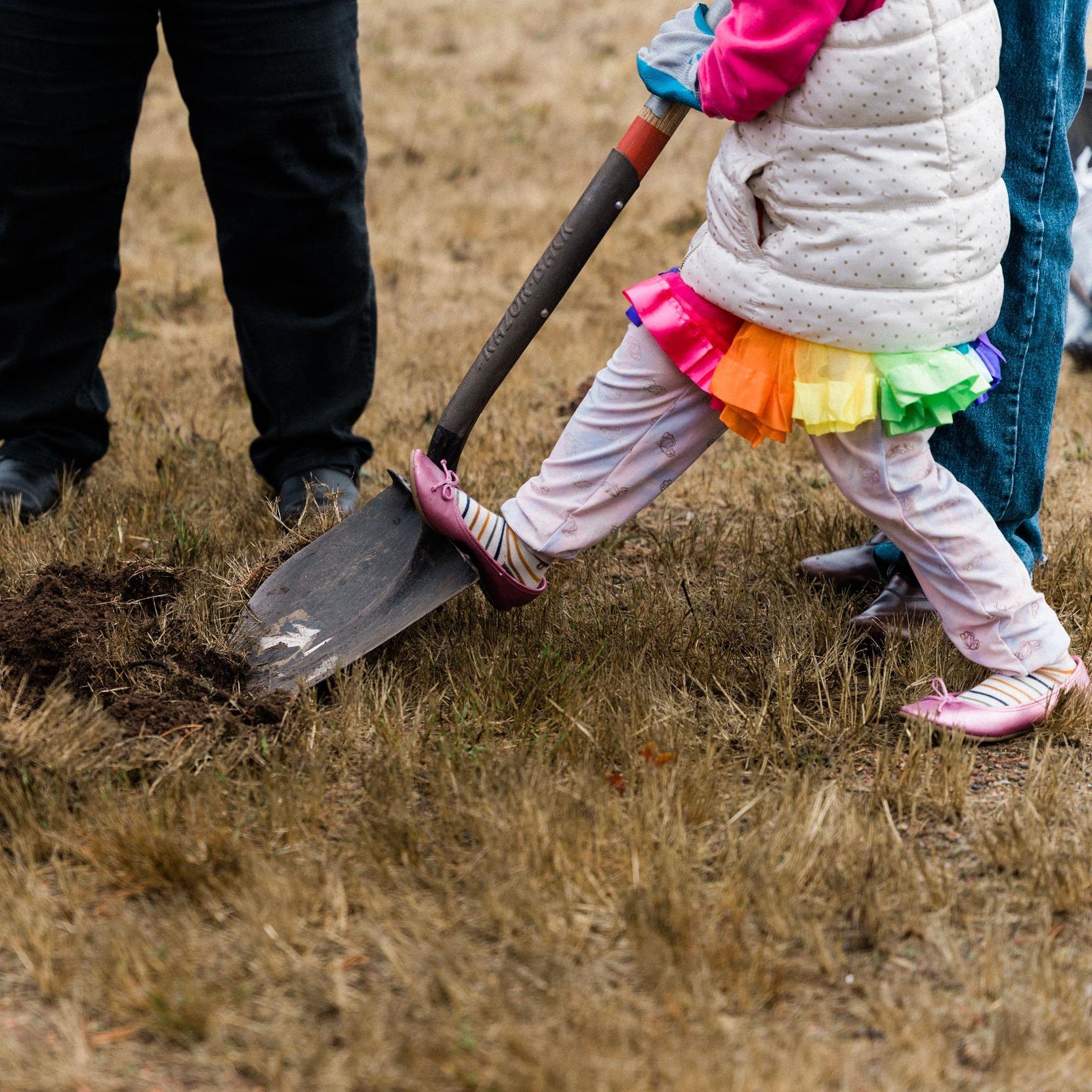Tacoma Mall Greening Project
In November 2018, City of Tacoma Urban Forestry and our partners were awarded a Landscape Scale Restoration (LSR) Grant provided by the USDA Forest Service Urban and Community Forestry Program, administered through the WA Department of Natural Resources Urban and Community Forestry Program, which promotes collaborative, science-based community forestry projects on priority landscapes to address large-scale issues. As directed by the community through the Tacoma Mall Subarea Plan (2018) engagement efforts, the project team focused the scope of this grant on tree planting and water quality improvements in the Tacoma Mall Neighborhood throughout the grant period, from Nov. 2018 through Apr. 2023. The reason for this specific focus is due to both direct community feedback as well as decades of research proving a correlation in healthy tree canopy cover, access to green space, and positive health outcomes for the surrounding community.

The premise of the Tacoma Mall Greening Project, was to begin the implementation of the Subarea Plan, specifically leading with a commitment to incorporate green stormwater infrastructure, increase tree canopy cover, and promote the essential connection between people and natural “green” infrastructure. This Tacoma Mall Greening Project Final Report is intended to present a pallet of tactics used to increase green infrastructure in a rapidly developing neighborhood, including an evaluation of different metrics for success. Our hope is that communities across the U.S., who are facing similar development pressures, can consider these tools and methods to help meet their own community needs to increase density while creating healthy, livable communities, through integrating green infrastructure.
One of the core values of the Tacoma Mall Greening Project team was to ensure to include community members in the decision making process, and fundamental to the Tacoma Mall Greening Project was a concerted community engagement effort and a strong partner coalition. Through this coalition a broad range of programming models and events were developed, aimed at finding the most effective program models to have the greatest impact across the neighborhood. We found that for stand-alone programs, direct, hands-on delivery methods produced the greatest results. Looking at all of the tactics holistically, providing a diverse range of program delivery methods and outreach strategies, from simple pop-up plant giveaways to one-size-fits-all incentive programs to highly tailored boots-on-the-ground programs offering planting assistance, increases opportunities to engage new participants in greening programming and in our results led to increases in both environmental and community impact.
Lessons learned in the Tacoma Mall neighborhood will be applied to how we approach urban and community tree management in the City and our hope is that this work might act as a template for other communities to consider when trying to balance density pressures and urban tree canopy.
Appendix A- COT Staff Time
Appendix B- Strategic Urban Forest Action Plan
Appendix C- GSI Opportunity Map
Appendix D- Stormwater Feasibility Analysis